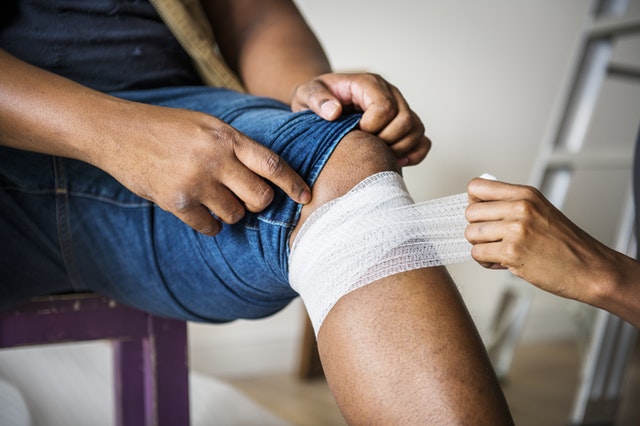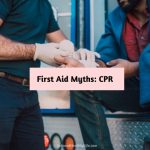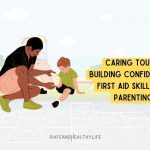
Image Source: Pexels
So you have finally decided to learn first aid. It’s more than just learning how to properly splint a broken arm or resuscitate someone.
There are different factors to take into consideration when choosing the right course of action, such as the age of the casualty, the setting of the emergency, and more. These courses will help you be prepared for every situation.
Here are some basic first aid training courses offered by many accredited first aid training providers in Gold Coast and other major Australian cities:
HLTAID001 (Provide Cardiopulmonary Resuscitation)
This course is a CPR first aid course. It will give you the proper skills and knowledge needed to maintain regular breathing and circulation of a casualty, be it adults, children, or infants.
Adults have very different physical builds from children, so you will be taught these differences, as well as how to adjust your CPR techniques according to the age of the casualty.
A requirement of the course is that a practical demonstration will be performed on a CPR mannequin.
This is helpful for casualties who have had a stroke, have passed out and are not breathing by themselves, and even casualties of drowning.
It will also educate you on legal requirements, basic life support, the proper use of a defibrillator, as well as debriefing techniques.
HLTAID002 (Provide Basic Life Support)
This will teach you skills and knowledge about how to respond to emergency situations—whether they be at your home, place of work, or in a public setting.
You will be taught how to give support, as well as how to handle casualties of all ages until emergency medical assistance arrives.
Course content includes scenarios where casualties suffer from bleeding, choking, respiratory distress, and how you can establish survival by assessment, infection control, basic life support, and a chain of survival.
This course instructs special and specific techniques applicable to children and infants, making it an ideal course for parents and child caregivers.
Those who want to be prepared with the right skillset and confidence to respond without the slightest hesitation in the event of an emergency should take this course.
Note that it is a course requirement to perform a practical demonstration of CPR on a CPR mannequin on the floor.
HLTAID003 (Provide Senior First Aid)
This course is the most popular first aid course. This is the first aid course most employers in Australia require their staff to be certified in. This course will teach you how to provide first aid response, life support, as well as casualty management of incidents involving senior citizens.
Being more vulnerable physically and mentally, seniors will require specific care procedures. You will be taught to respond in all manner of situations and locations that include the workplace, home, or within the community, until the arrival of medical assistance.
This course covers proper response to incidents ensuing from stroke, shock seizures, respiratory distress, injuries, unconsciousness, and cardiac arrest, and many more.
Take note that this course will require you to perform a practical CPR demonstration on a mannequin on the floor.
HLTAID004 (Provide First Aid in an Education and Care Setting)
This course is geared toward parents, teachers, and child caregivers. It provides knowledge and skills that are needed to administer first aid, life support, casualty, incident, and first aider management in a variety of situations in an education and care to set such as a school.
This course also applies to educators and support staff working on the same premises. This course covers proper first aid response to emergencies that involve mild to severe allergic reactions, asthma, burns, wounds, drowning, musculoskeletal injuries, choking, and more.
This course covers first aid management of asthma and anaphylaxis. A requirement of this course is to perform practical CPR on a mannequin on the floor.
Knowing first aid techniques could mean a difference between life and death to the victim you will be assisting. You may think that it won’t happen to you, but accidents and injuries happen anytime, anywhere, and to anyone, so it really helps to be prepared and confident when the need arises.
About The Author:
Anne Kamwila is a freelance content writer and a digital marketer. She is passionate to write about health, technology, and business-related guides, news, and books.




